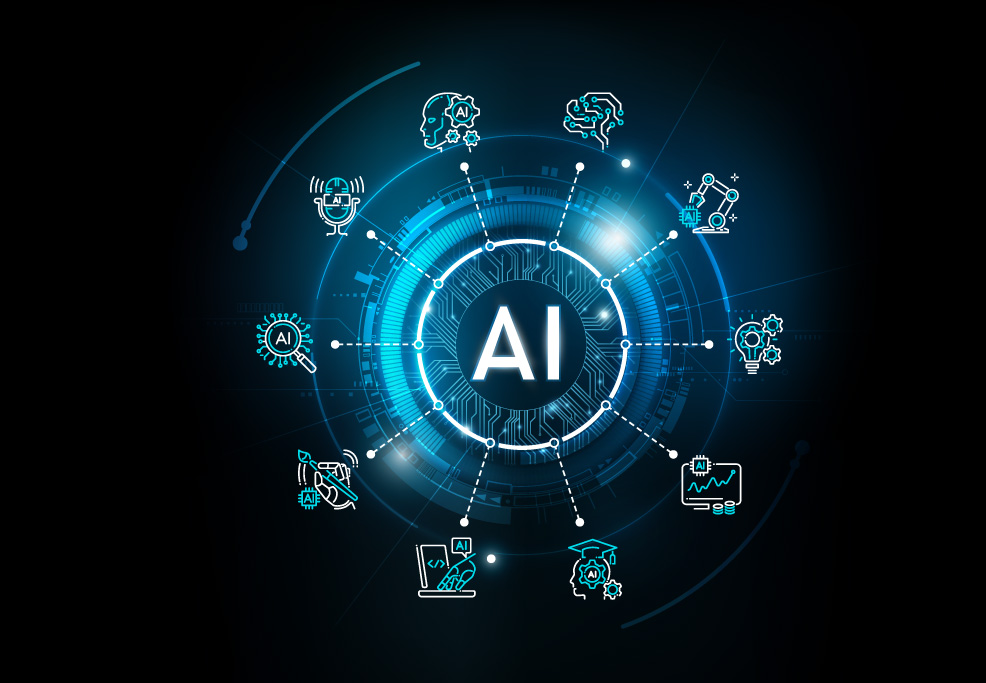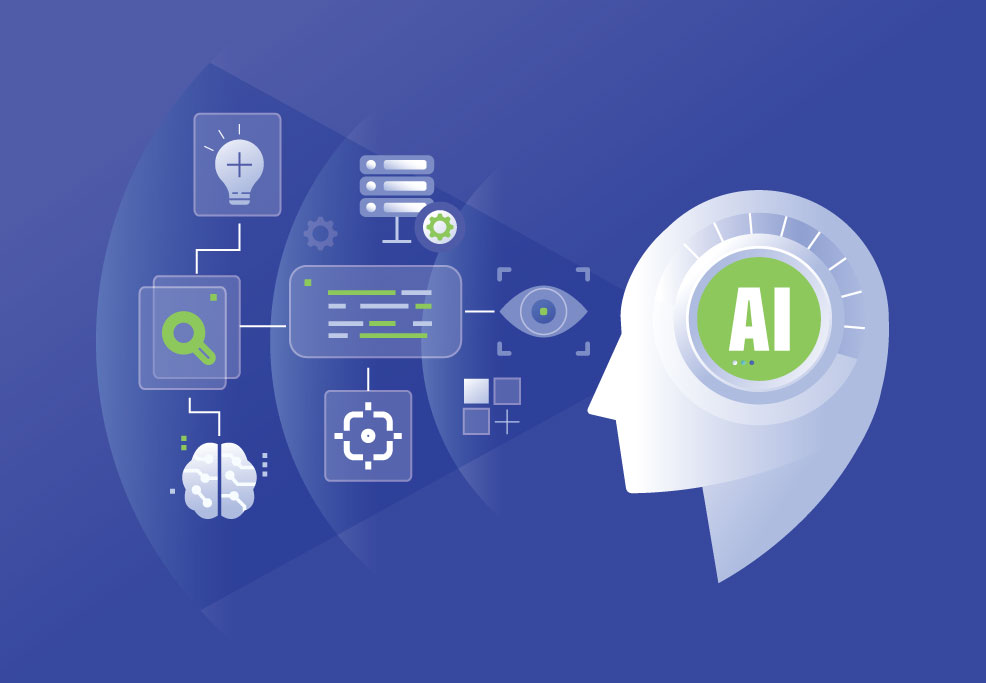Insights driven by data science for measurable business results
Gaining a true competitive edge means going beyond basic reporting. Advanced Analytics and Decision Science techniques uncover deeper patterns and predictive capabilities. Data-driven insights lead to quantifiable improvements in operations, customer understanding, and strategic outcomes.
Rethinking How Decisions Are Made
Decision science isn’t about replacing human judgement; it’s about supporting it. With advanced analytics and simulation techniques, teams are better equipped to test alternatives, quantify risks, and anticipate outcomes. From portfolio management to pricing strategy, the application of decision science ensures choices are grounded in both logic and business context. By treating uncertainty as a measurable input, not a disruption, organisations gain flexibility without compromising on structure or direction.
of large organisations will employ decision intelligence by 2025
of companies plan to increase their AI investments over the next three years
of organisations globally have adopted business intelligence tools
Is Your Organisation Making the Most of Its Data Insights
Advanced analytics and decision science are no longer confined to technical teams; they’re shaping how decisions are made across the entire business. When applied effectively, they connect the dots between operational actions and strategic goals, moving organisations away from fragmented reporting towards a more unified, insight-driven approach. Enterprises leading in this space are integrating decision science into their planning cycles, customer engagement strategies, and everyday operations to improve clarity, consistency, and confidence in the decisions they make.
Where Intelligence Meets Implementation
Advanced analytics and decision science are most effective when strategy is backed by execution. This offering is built to bring clarity to complex business problems, using applied techniques that go beyond dashboards and reports. From designing custom algorithms to building scalable analytics pipelines, every solution is tailored to meet the practical demands of modern enterprises. The focus is not just on technical depth but on delivering real-world outcomes, optimising operations, refining forecasts, and helping teams make better decisions, faster.

Enables enterprises to analyse structured and unstructured data in real-time, apply advanced statistical techniques, and detect trends and anomalies to influence decisions.

Natural language-powered chat assistants can handle repetitive queries, guide users through processes, and reduce support loads.

Analytics initiatives are delivered using iterative, agile methodologies, allowing continuous improvements, faster time-to-value, and adaptability to changing business priorities.

Custom algorithms are designed for specific operational or strategic needs, going beyond off-the-shelf models.

End-to-end pipelines are built to automate data flow, from ingestion to transformation to visualisation.
When analytics capabilities are translated into business language, they generate impact. These are the building blocks and application areas that bring advanced analytics and decision science to life in enterprise contexts.

By identifying and selecting relevant variables from raw data, feature engineering enhances model accuracy and performance.

Stream analytics processes real-time data. Neural networks identify complex relationships, crucial for deep learning success.

Cloud-native data warehousing offers scalability and speed, while Lakehouse models combine flexibility of data lakes with traditional warehouses.

Integrating disparate data sources across CRM, ERP, IoT systems creates a unified data view. Ongoing support ensures consistent data flows.
Forecasting models help anticipate future trends in demand, supply, or performance using historical data.
Text-based data from reviews, social media, or internal logs can be analysed to gauge sentiment, extract key entities, and inform marketing, service improvement, or product design decisions.
Real-time identification of irregularities helps prevent disruptions, from fraud detection in finance to equipment maintenance in manufacturing, before they escalate into costly issues.
Used in manufacturing, retail, and automotive settings, this capability supports visual inspection, inventory management, and safety monitoring by identifying and classifying visual elements from images and video feeds.
Custom recommendation systems assist in suggesting optimal actions, be it product configurations, customer journeys, or maintenance schedules, based on behavioural and operational data patterns.
Supervised models (like regression and classification) solve labelled data problems, while unsupervised methods (like clustering) uncover patterns without prior definitions, both supporting exploratory and targeted analytics.
Converging transformation and growth to integrate innovation
Case Study
Case Study

In today’s interconnected global economy, effective supplier performance and risk management are critical determinants of organisational success.

In today’s hypercompetitive digital landscape, effective customer engagement has emerged as the defining factor separating market leaders from followers

Recent market analysis reveals a striking correlation between data utilization and business success, wherein organizations implementing comprehensive data strategies consistently outperform their competitors by significant margins.